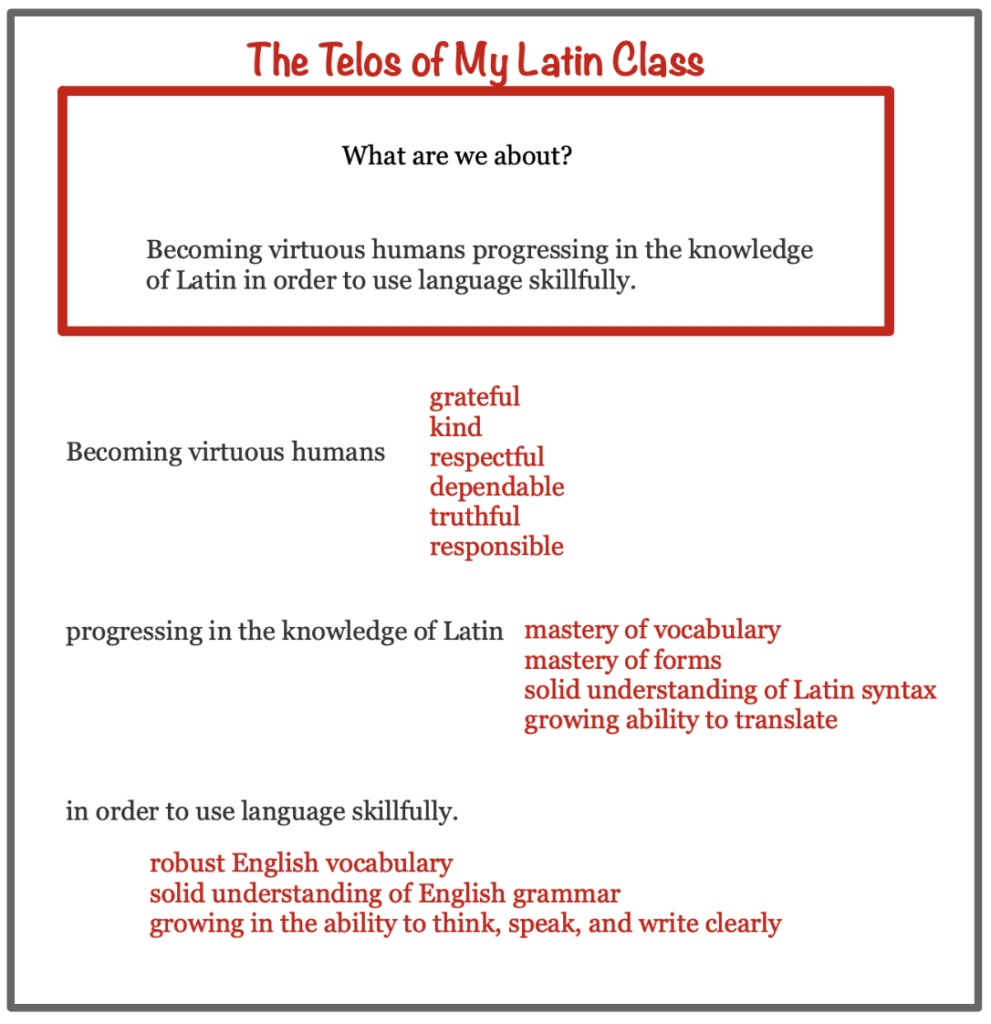Dear colleague,
To make a really good Everest Statement (see Ch 1 of These 6 Things or this article), you want to describe a mountain that has no real top to it. Let me show you some examples of what I mean and then explain why it's important.
Here's the statement I use for my world history classes:
In this class, we are ALL ABOUT GROWING
- Our knowledge of world history,
- Our knowledge of ourselves,
- Our knowledge of life and long-term flourishing, and
- Our ability to THINK, READ, WRITE, and SPEAK.
Notice that each of those bullet points is aspirational for every student in my classes. Whether they come to me high-achieving or low, superstars or at-risk, they've all got room to grow, they've all got knowledge they can still gain, they've all got the capacity to become better thinkers, readers, writers, and speakers.
(Another thing I like about this Everest Statement is that it makes the kind of work we'll be doing very obvious: knowledge-building, thinking, reading, etc.)
Here's one from Latin teacher Tracey Carrin:

Those words becoming and progressing are so important. They emphasize movement toward mastery, building toward strength — and by doing that, they become relevant to every student in the class. Every single person in the room can grow.
A widespread (and often invisible!) obstacle to secondary student motivation is that their definitions of success are too narrow. They define success as “getting good grades” or “passing the class.” These create lots of motivation problems because once I've got my good grade secured or I'm not at risk of failing, I have no reason to keep working. I no longer believe that I can succeed — the Efficacy belief, pp. 167-218 in The Will to Learn — because now, I have succeeded. Once I've arrived at success, I won't care as much. I've arrived. It's a classic recipe for complacency, boredom, and disengagement.
This is why Define Success: Wisely, Early, and Often is a strategy I couldn't leave out of The Will to Learn. In the first draft of that book, I was planning to share 55 different strategies for cultivating student motivation. I can still remember emailing my editor to tell her I had to throw out that manuscript, that the strategy list was way too big and cumbersome.
And so, in the process of narrowing the list of 55 down to the list of 10 that appears in the book, the only ones that survived were ones that, to me, solve critical, fundamental, widespread (and often invisible) problems of student motivation that exist in all kinds of classrooms.
These Everest Statements I've been writing about for years now are a key tool in a master teacher's tool belt.
So make sure your Everest Statement describes success as a mountain that actually has no end.
Because that's what growing toward mastery is: a journey up a mountain with no end.
And the further you climb that mountain of mastery, the more and more beautiful it gets.
Teaching right beside you,
DSJR
John Reynolds says
So good and timely, Dave! One of the many takeaways for me: “Slow Down: Speed Limit 10”
Dave Stuart Jr. says
Haha, love it JR.